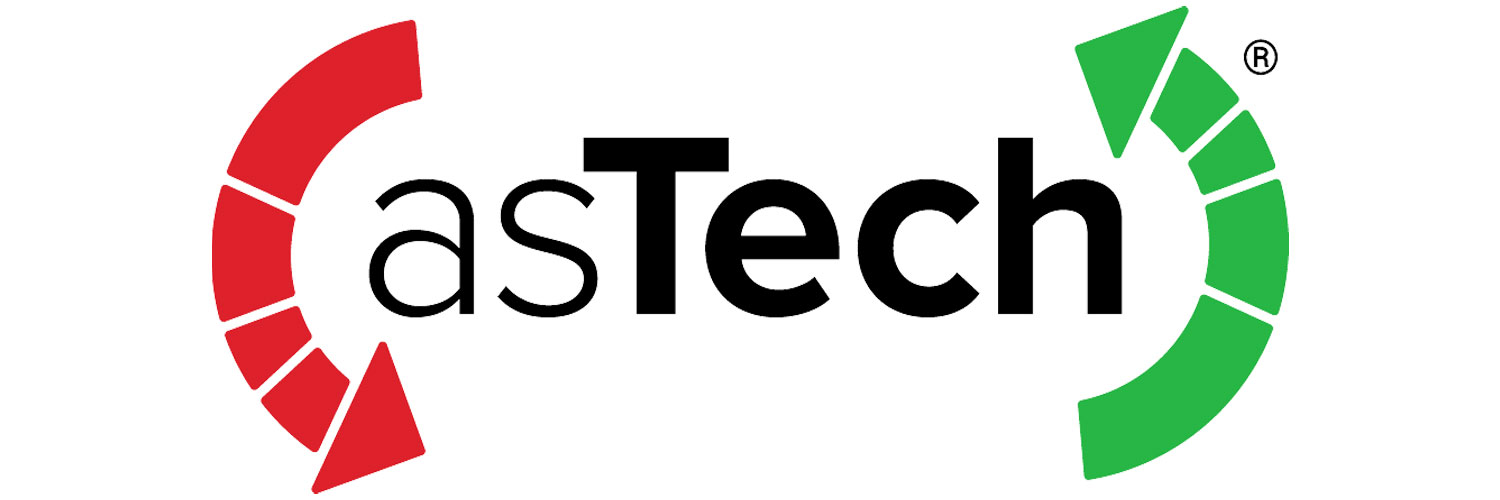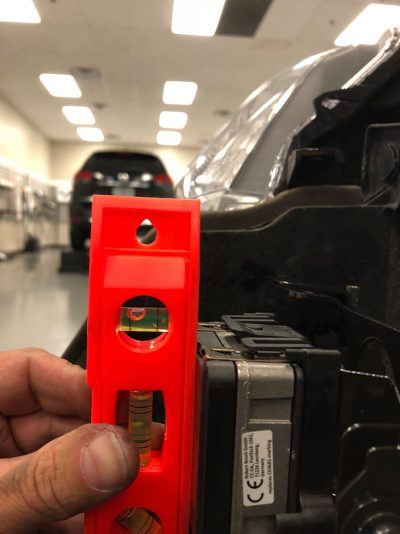Nissan is committed to helping independent repair shops with all possible resources.
Diagnosing electronic problems and interpreting fault codes can be daunting tasks for independent repair shops that service many different makes and models. Sometimes a friendly voice at the local Nissan dealership will answer a quick question and, of course, Nissan offers a vast array of technical information (like Nissan TechNews, for example…)online and elsewhere to help assure that Nissan vehicles are repaired properly and efficiently in the aftermarket.
However there are times when interpreting a fault code or pinpointing a sensor can be challenging. And this can be especially true in collision repair shops, where the focus is on structural and cosmetic repairs, and there may be less familiarity with the many sophisticated electronic and mechanical systems and devices on today’s Nissan vehicles. In such cases, a helping hand can be most welcome.
Understanding this need, Nissan recognizes and recommends asTech® – an established firm that offers advanced technical support by means of remote diagnostics and real-time support for diagnosing and correcting virtually any system and problem on any late-model Nissan vehicle.
Nissan TechNews spoke with Jake Rodenroth, Director of Industry Relations for asTech, to explain how their service can help solve the most challenging of problems. Rodenroth explains how the asTech remote diagnostic system works.
“Our device simply plugs into the OBDII connector, receives its power from the vehicle and solid internet connection. Once a link is established, one of our over 400 technicians has full and immediate access to the vehicle’s electronics, just as if it were in a dealership service bay. Our technician can view everything a dealership can using theNissan CONSULT III+, and is able to discuss the vehicle with the technician in the repair shop in real time. Our tech can advise the servicing technician to perform various actions, such as key on/off, start engine, attach auxiliary power supply, battery disconnect, place gear selector in Drive or other gear, and so on.”
This service is especially valuable for collision repair shops, adds Rodenroth. These shops are finding that pre- and post-repair scanning is vital in determining the condition of the vehicle as-received, and also the condition of the vehicle after repair. He noted that it is not uncommon for the repair process to cause one or more fault codes to appear that were not present when the vehicle arrived at the shop.
The asTech system can detect, record, and clear fault codes, and is capable of re-flashing, re-programming, or re-initialization as necessary.Because of their arrangement with Nissan, they always have the very latest data, software, and repair procedures available, and have been supporting the repair of Nissan vehicles since 2010.
In addition to remote diagnostics and repair support, asTech also has establishedCalibration Centers in a number of major metro areas. These centers are available to independent collision repair shops that may not have the specialized equipment needed for tasks like radar calibration, which can require specific flat floor space, specific lighting, a neutral-colored floor, OEM camera and radar targets, and other calibration equipment. Furthermore, in various geographic areas, asTech has mobile technicians with fully-equipped service trucks that will provide in-shop support for the repair of various electronic systems, like air bags, that may require tools or training beyond that which the shop may have available.
Rodenroth cites an example of the value of the asTech service. He suggests considering the case of a 2018 Nissan Rogue that has suffered atypical front-end collision that requires replacement of the hood and grille. This is a common repair, often costing around $1,000depending on the locale and the severity of the impact. Following the collision repairs, the shop finds a fault for the car’s IntelligentCruise Control and is not sure how to address this issue.
An asTech calibration center technician recently resolved such an incident by counseling the repair shop in real time. After performing remote diagnostics, the asTech consultant noted that the ICC control module would have to be replaced and calibrated. The vehicle was brought into one of asTech®’s calibration centers for calibration, which involved setting up the vehicle with correct tire pressures, clean glass, and a wheel alignment.
Another critical step that is often times overlooked is the vehicle’s fuel level at time of calibration. The weight of the vehicles fuel plays a significant role in the angle of the vehicle’s ICC and it’s important that the procedures are researched every time in Nissan’s Techinfo to identify the requirements
This procedure is also something that might not be at all familiar to those working in collision repair shops, especially smaller shops, and could be profoundly vexing for the shop, finding itself unable to complete the calibration process properly. Absent the asTech system, the body shop would, most likely, have had to sublet this calibration to his localNissan dealership.
And as it turned out, what would otherwise have been a thousand dollar body and paint job ended up being a 2,500 ticket covering not only the body work, but also the control module and calibration, keeping the total revenue in-house rather than sublet. This is all reason to properly research and repair plan these vehicles at the time of -off to set vehicle owner’s and bill payer’s expectations appropriately.
The asTech device is sold outright, and the body shop pays per connection, with reduced rates for subsequent calls on the same vehicle if necessary.
Explains Rodenroth, “We’re like having a factory-trained specialist working in your shop. In fact, we actually have our people embedded in larger collision repair shops around the country, providing on-site support for shops that do a high volume of work. We have up-to-the-minute access to the latest position statements fromNissan, covering such topics as the required replacement rather than repair of rear bumper covers for vehicles equipped with sonar.”
Adds Rodenroth,”Once physical repairs are complete, no body shop owner or manager wants a vehicle to take up valuable shop space because of a nagging MIL light or electronic related issue. The instant availability of the most advanced technology, coupled with experts who are only a phone call away, can help make such instances a headache no more.”
More information is available at www.asTech.com








0 Comments